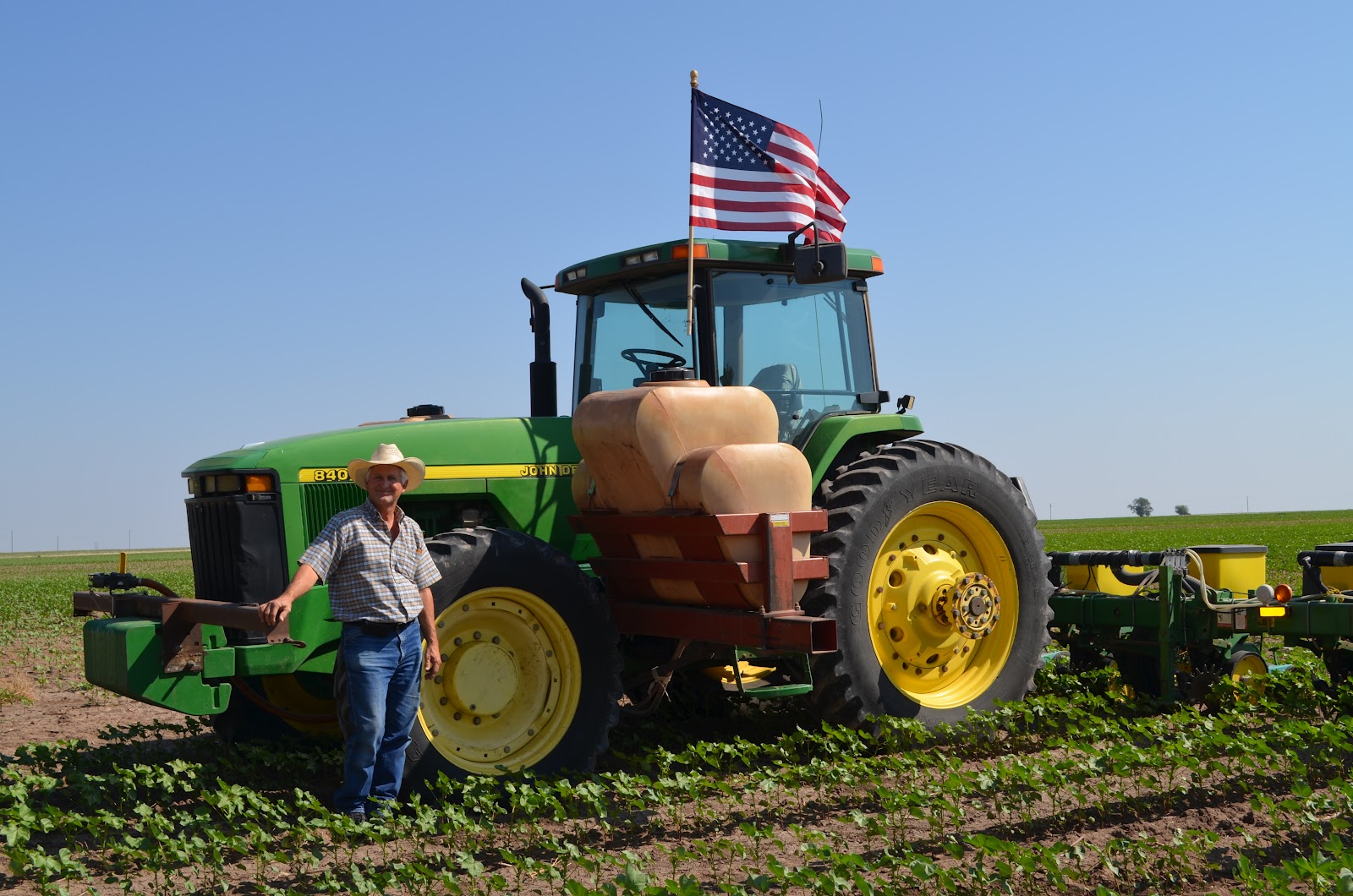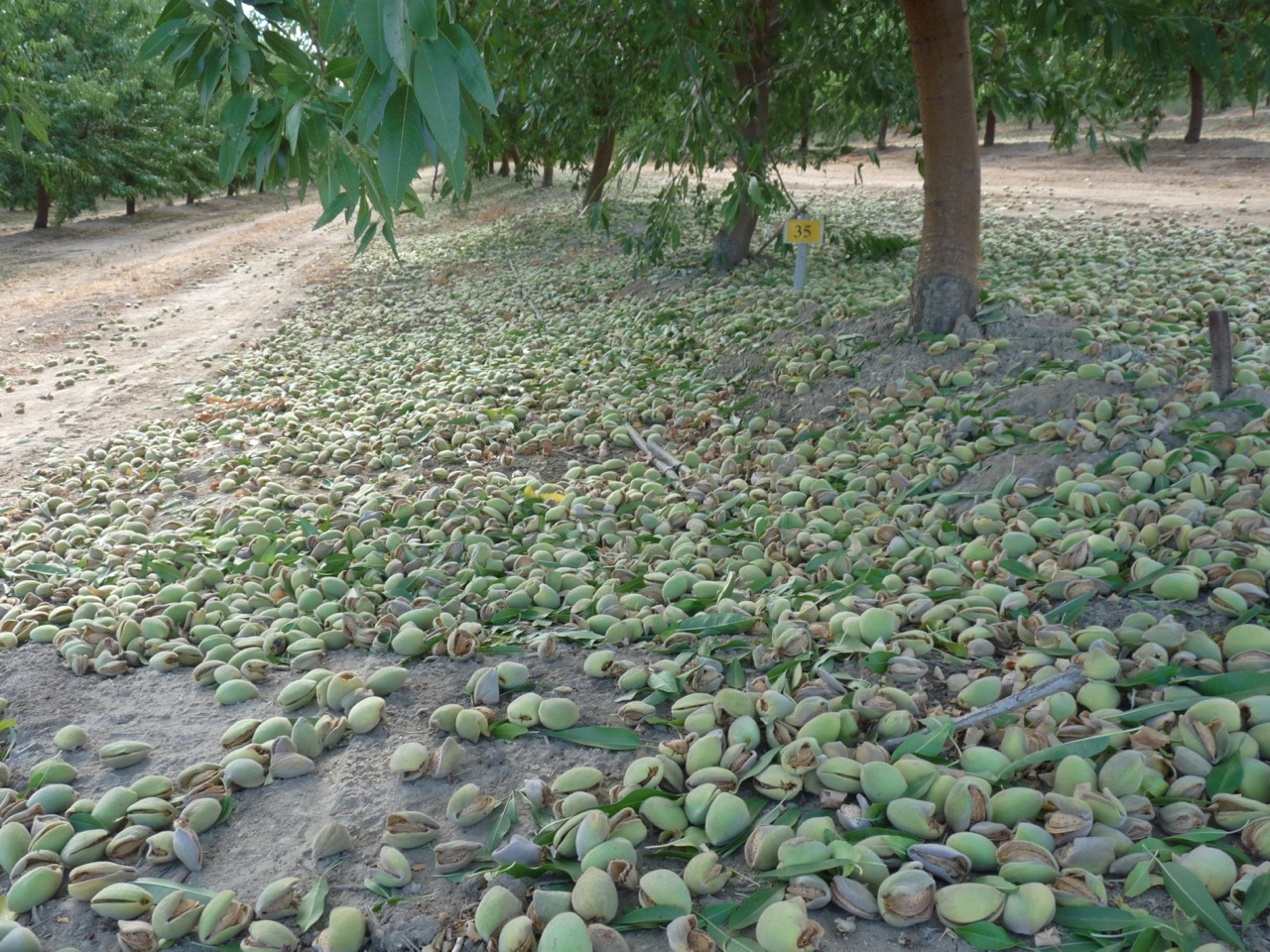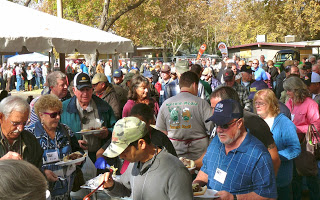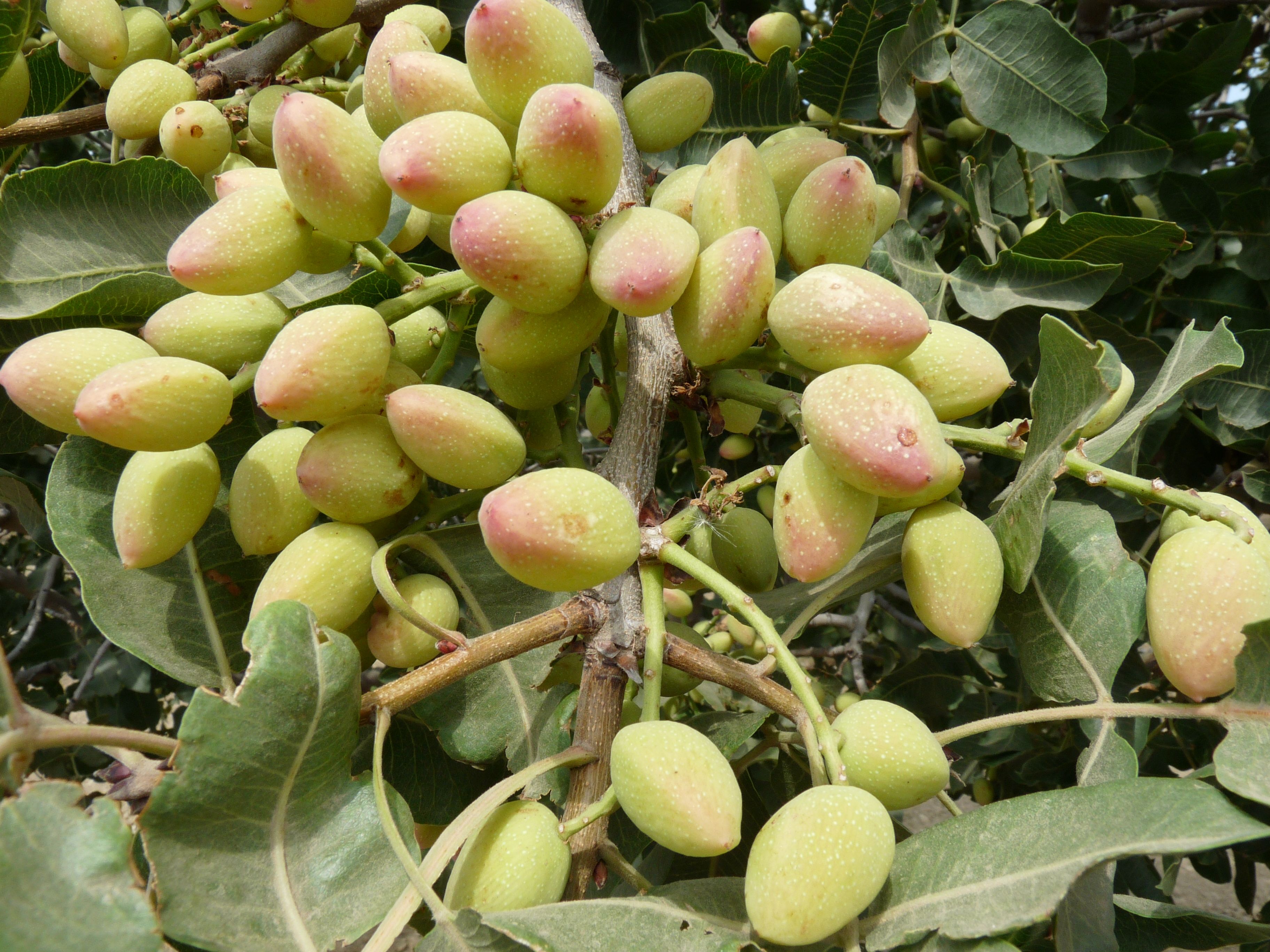Happy Fourth to All
Our Third President on This Fourth of July
On this Fourth of July, it’s fitting to focus on Thomas Jefferson, the nation’s Agrarian President and signer of the Declaration of Independence 239 years ago.
Yes, our third President was Thomas Jefferson an agronomist, an educated man of the land. So, unique in his time, he believed in proper land stewardship for posterity.
Jefferson understood that humanity affected the environment, so he practiced crop rotation with an extensive seven-year plan, using wheat, turnips, corn, potatoes, peas, rye and clover, buckwheat, and livestock grazing.
He tested to determine the exact number of cattle required to fertilize a given area of land and compared grain yields on manure vs. unfertilized fields.
“Agriculture … is our wisest pursuit, because it will
in the end contribute most to real wealth, good
morals & happiness.”
Jefferson developed scientific plowing of “least resistance,” which lifted and turned the sod to a depth of about six inches, enabling farmers to contour-ridge erodible fields, plow out shallow ditches, and ridge poorly drained flat lands.
He terraced his vegetable garden, orchard, and vineyard sites, and planted native ground cover to stop erosion.
He conserved timber by not cutting trees for any purpose as long as cut wood was available.
As U.S. envoy to France, he sent seeds of various grasses, fruits and vegetables, acorns, olive plants to agricultural societies, farmers, and botanists back home.
He brought Italian rice to South Carolina, pecan trees to the eastern United States and was first to introduce Brussels sprouts, eggplant, cauliflower, and broccoli.
He encouraged agricultural societies, agricultural education and university-level research.
Jefferson kept extensive farm journals for nearly six decades on the 170 varieties of fruits and 330 different kinds of vegetables he cultivated, and on his experiments with viticulture and beer brewing.
Another July 4th notation
Presidents John Adams (who lived to 90 years old) and Thomas Jefferson (who lived to 82) both died on the same day July 4 1826, 50 years to the day of the signing of the signing of the Declaration of Independence.
Quote from © 2015 Thomas Jefferson Foundation

















